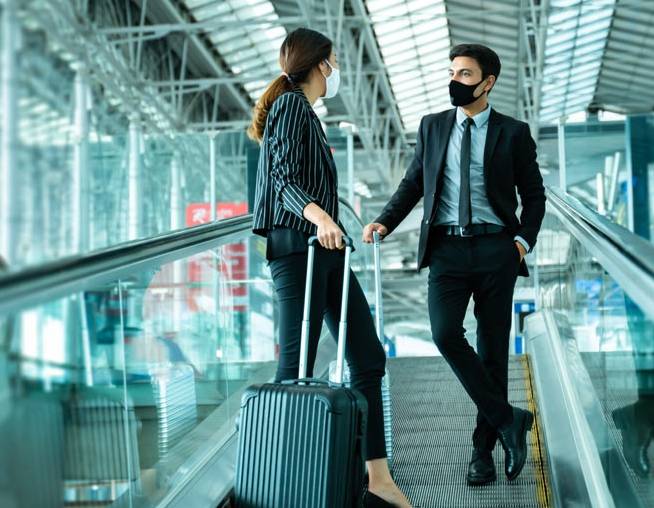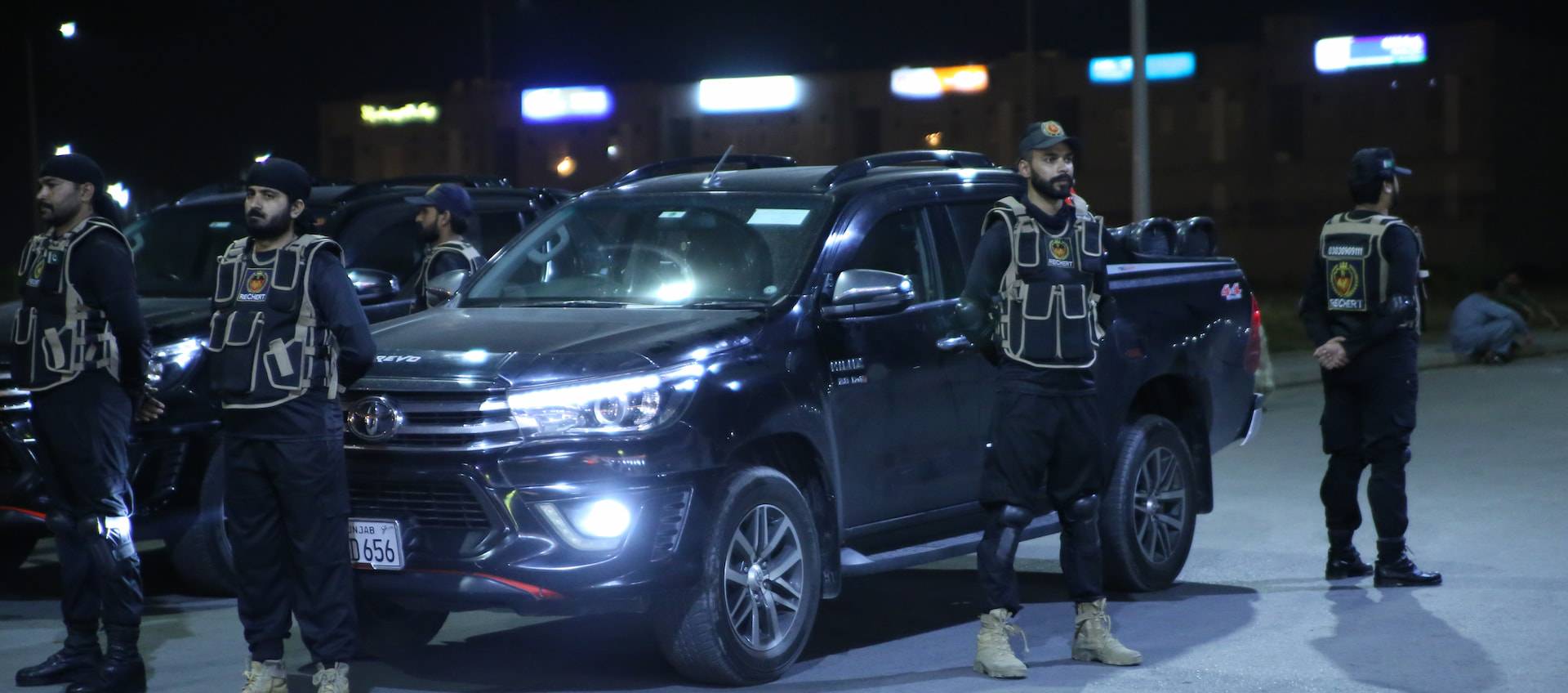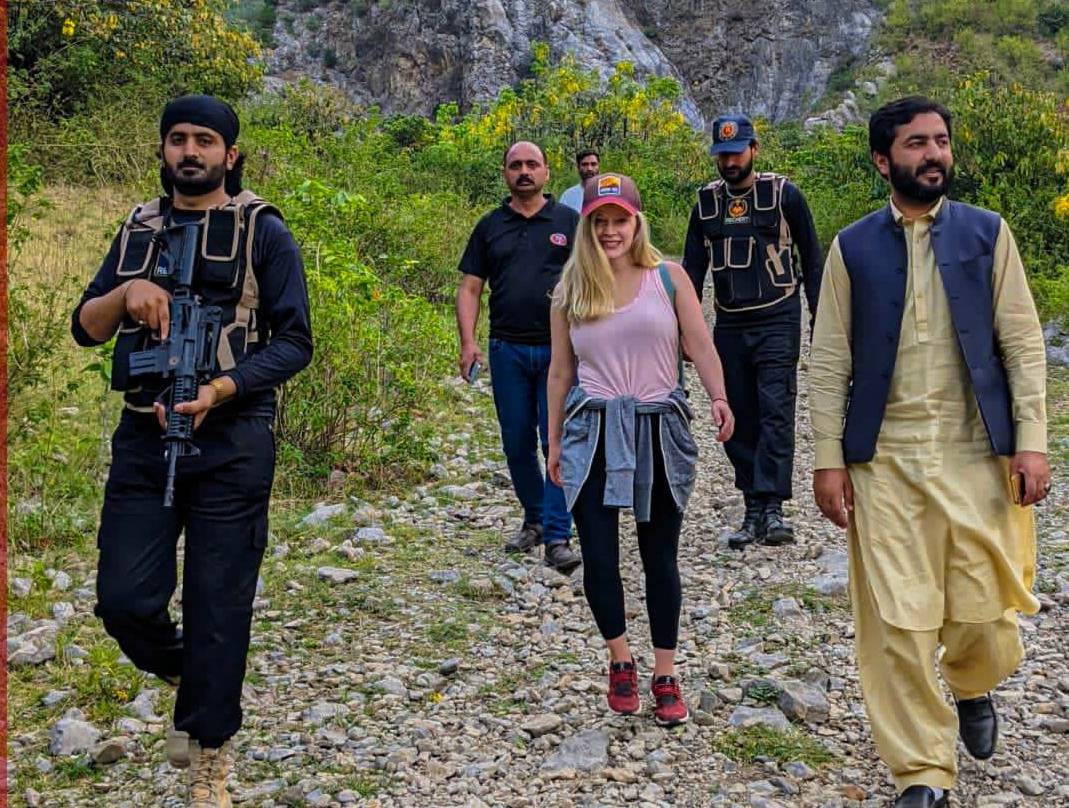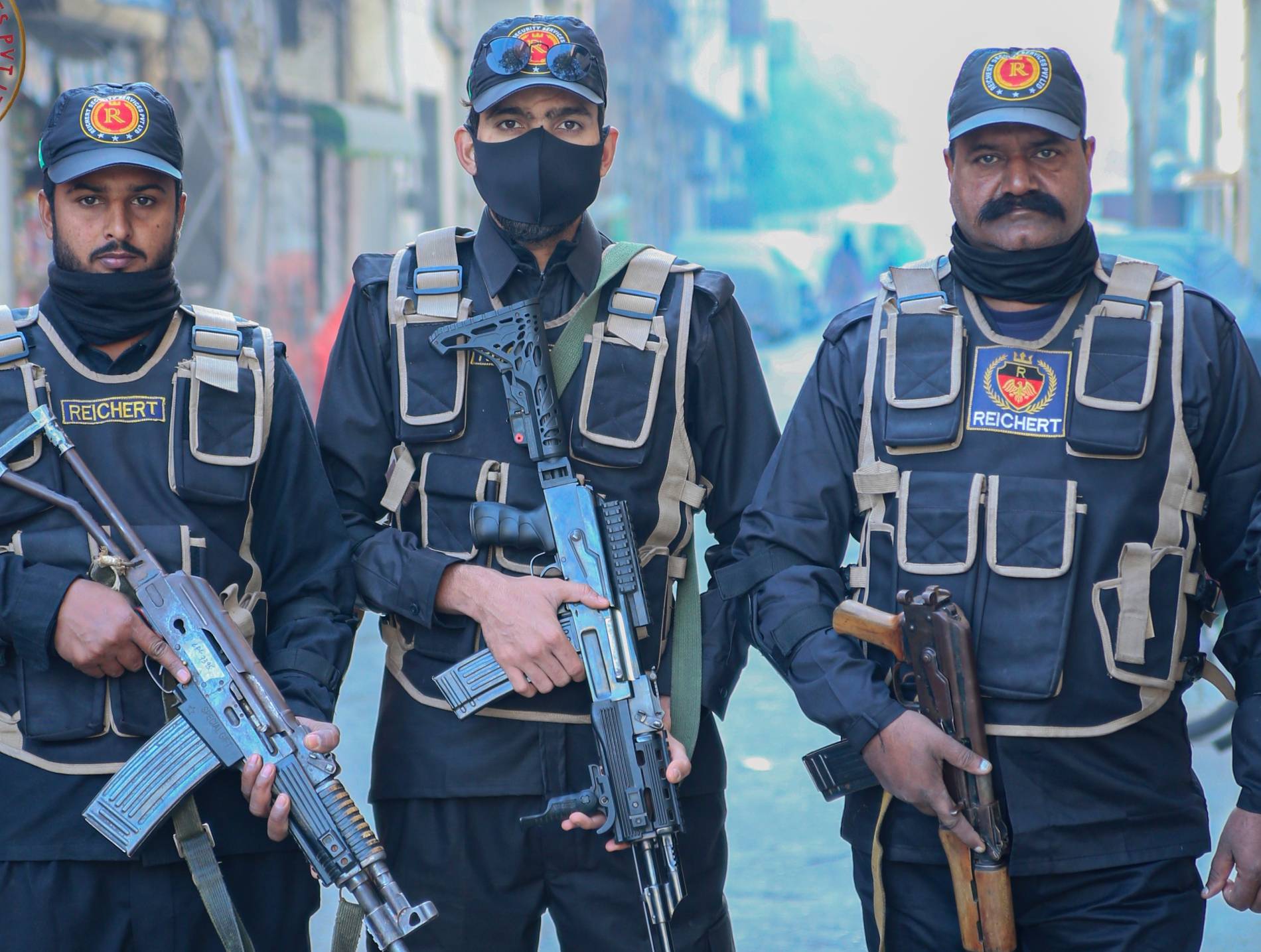Zambia Country Report
Zambia has been hit hard by falling global commodity prices in recent years, with declining earnings from copper exports exacerbating long-term problems such as high levels of unemployment and poverty. Frequent power shortages, inflationary pressures on the cost of living, and public sector wage demands remain persistent causes of civil and labor unrest. The Zambian government is actively seeking foreign investment, and China also has a strong presence in this country. However, foreign investors are exposed to widespread levels of corruption.
Violent and petty crime is rampant in the capital, Lusaka, and other major cities, and foreigners are often targeted in pursuit of the wealthy. The border areas with the Democratic Republic of Congo are insecure due to the presence of armed bandits. Mine contamination is also a concern in some areas along the border with the Democratic Republic of the Congo and along the borders of Angola and Mozambique. The quality of infrastructure is average by local standards, but significantly worse outside the major cities.
Last updated: April 13, 2022
Security
The level of criminal activity in Zambia is relatively high and has been increasing in recent years, and the worsening economic situation has exacerbated the problem. The main threat to travelers is opportunistic petty theft, such as pick-pocketing and pick-pocketing, but criminals are often armed, and more serious crimes occur frequently. Crime rates are particularly high in many poor residential areas, known locally as mixed-use developments, around Lusaka and other urban centers, but criminals also operate in wealthier areas. Foreigners are sometimes targeted by criminals and can be stalked in hotels, cafes, restaurants, banks, etc., and robbed in quiet places where they are more vulnerable. Vehicle crime and home burglaries are also a concern in many parts of the country, with even sheltered expatriate residences being targeted, although foreigners are less likely to be victimized than locals.
Zambia’s urban centers, especially Lusaka, regularly experience civil unrest and labor riots that can turn violent with little warning. Security forces have been known to use aggressive tactics to disperse demonstrations, increasing the risk of random violence against onlookers. Although no known terrorist groups operate in Zambia or seek to target foreign interests in the country, areas bordering the Democratic Republic of the Congo, such as Mes, Central, and Luapula provinces, have historically been insecure.
Last updated: May 17, 2022
Infrastructure
Land travel in Zambia can be dangerous due to poor road and vehicle maintenance and erratic driving by some local road users. Long-haul public transport can also be dangerous due to inadequate driver training and vehicle safety standards. Although there have been concerns about Zambia’s aviation industry in the past, regulatory oversight has improved, and Zambia-based airlines were removed from the EU’s blacklist of banned operators in 2016.
Zambia’s infrastructure is generally unable to cope with peak demand and urban centers are often out of service, particularly during periods of drought in the late dry season.
Last updated: May 17, 2022
Environment
Zambia has a predominantly tropical and humid climate, which is moderated by the altitude, with a semi-arid climate in the southwest. Flooding is a recurring problem that occurs every year during the rainy season from November to April. Unexploded ordnance also remains a threat in areas along the country’s borders with the Democratic Republic of the Congo, Angola, and Mozambique, particularly in areas off major roads.
Last updated: March 17, 2022
Health and Medical
Medical facilities in Zambia are limited and basic medical equipment is often in short supply, especially in rural areas. There is a severe shortage of medicines in the country and even basic medicines are hard to find in urban areas and possibly unavailable in rural areas.
Malaria is prevalent throughout the country and some strains are resistant to chloroquine. Zambia also has a relatively high prevalence of HIV/AIDS, with over 12% of the adult population living with HIV.
In late 2017, Lusaka experienced a cholera outbreak, with more than 5,000 suspected cases reported. The epidemic prompted widespread cholera prevention measures in the capital, including the elimination of street markets and a temporary ban on public gatherings. Although the frequency of new infections has decreased significantly since then, the most stringent measures have been lifted.
Last updated: September 14, 2022
Political
Zambia’s political environment is changing after the election of opposition candidate Hakainde Hichilema of the United Party for National Development (UPND) in August 2021. Mr Hichilema defeated former Patriotic Forces (PF) chief Edgar Lungu with 2.8 million votes to Mr Lungu’s 1.8 million votes. . Lungu took power in 2015 and in 2016 began a crackdown on the UPND and other political opponents critical of the government’s economic response.
Corruption remains endemic in Zambia, but in the past decade there have been repeated attempts to address the problem. Corrupt practices are believed to be particularly prevalent in government procurement and dispute resolution channels.
Last updated: April 14, 2022















